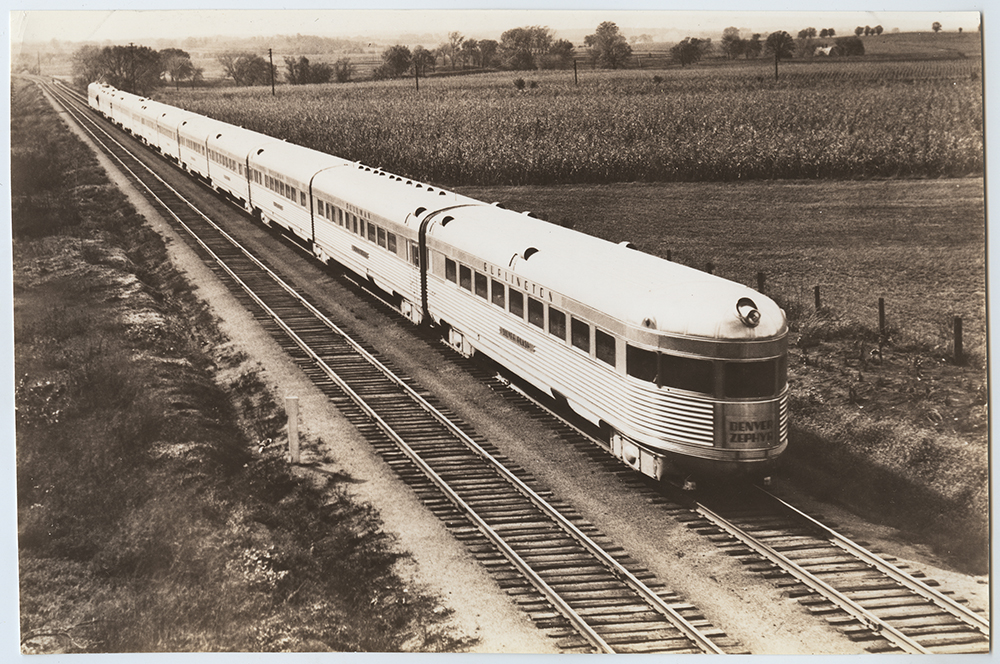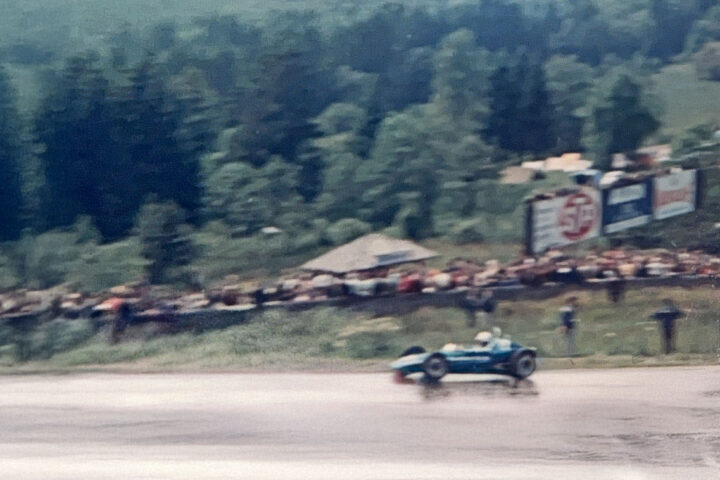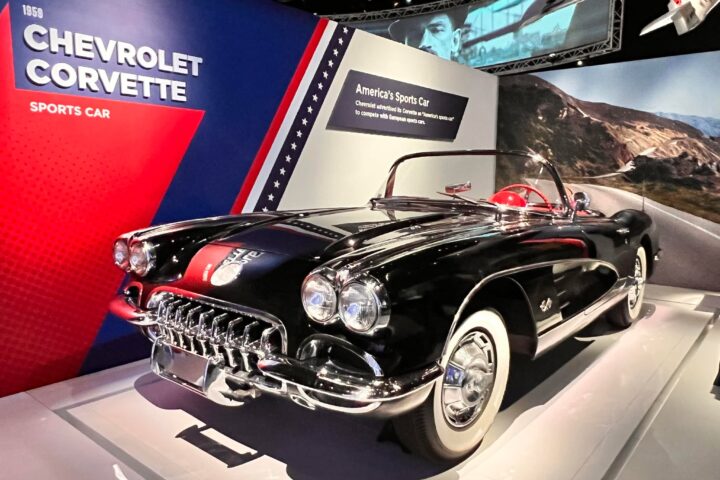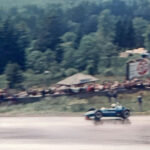by Michael Satterfield
The new stainless steel train, built by the Budd Company, offered all room sleeping accommodations and, in addition to a full diner, offered a Vista-dome coffee shop car called the Chuckwagon. Parlor seats continued to be available in the observation car. Because of the popularity of the Denver-Chicago segment of the Vista-dome California Zephyr, the new train also carried Vista-Domes. In addition, a new all room sleeping accommodation, the slumber coach, offered private sleeping facilities, with in-room washstand and toilet, to passengers at coach fares plus a small surcharge.
These cars were revolutionary in their use of fiberglass room modules. Each train carried two and they always were sold out, even up to the beginning of Amtrak. By 1959 slumber coaches would appear on the trains of four other railroads, although three would later give them up. Between 1959 and late 1964, CB&Q’s four cars and Northern Pacific Railway’s four cars were pooled in Denver Zephyr / North Coast Limited service. The pool required tight scheduling and good timekeeping and was discontinued when NP acquired eight additional slumber coaches second-hand. Even though only 18 of these revolutionary cars were built new, they remained popular, even after the operation of rail passenger service was assumed by Amtrak, and carried passengers until the mid-1990s, when age and changes in passenger car requirements forced their retirement.
The second Denver Zephyr began operation at the end of October 1956 and soon eclipsed its competitor, the Union Pacific Railroad’s City of Denver. As the train now had conventional equipment it could be expanded with other cars of Burlington streamlined passenger car fleet as well as leased cars. During the summer months, trains of 20 or more cars were not uncommon and during that and holiday seasons, the train often split into two sections.
With the 1956 reequipping the train also began to serve Colorado Springs. Sandwiched between the diner and the Chuckwagon, the section consisted of a coach, a slumber coach, and a sleeper. These cars ran on the Denver and Rio Grande Railway’s Royal Gorge passenger train between Denver and Colorado Springs.
Initially, the Chuckwagon operated with the section on to Colorado Springs, but, by the mid-1960s, to allow a longer service time between runs, the car ran only to Denver and a dome coach was substituted for the Chicago-Colorado Springs coach. On January 1, 1967, the Colorado Springs section was replaced by a bus connection.
Though the number of cars was reduced during the off-season, the train ran more-or-less intact until September 7, 1968, when the Chuckwagon became seasonal and the observation car, with its flat end and rear-diaphragm, became a mid-train lounge during the offseason.
Source: DeGolyer Library, Southern Methodist University
Post Views: 550























